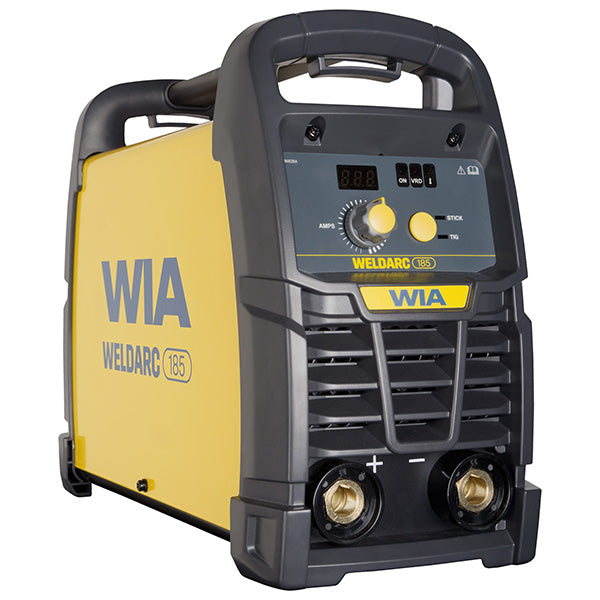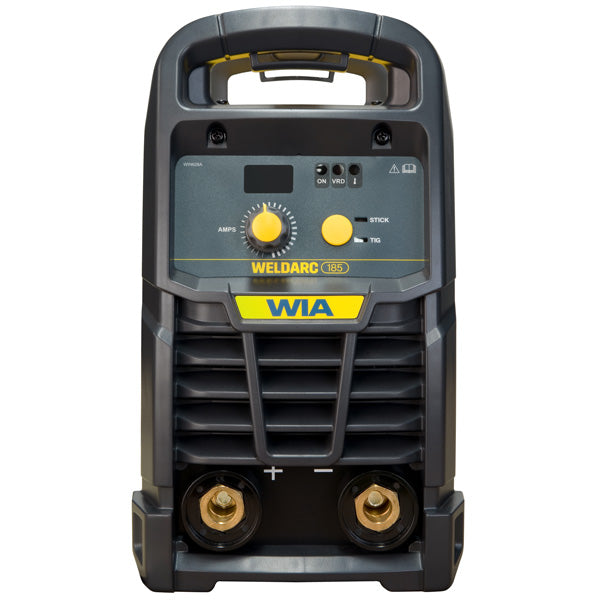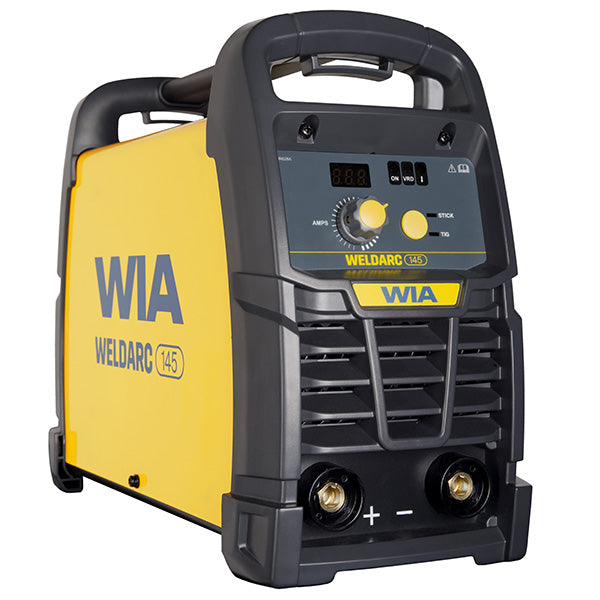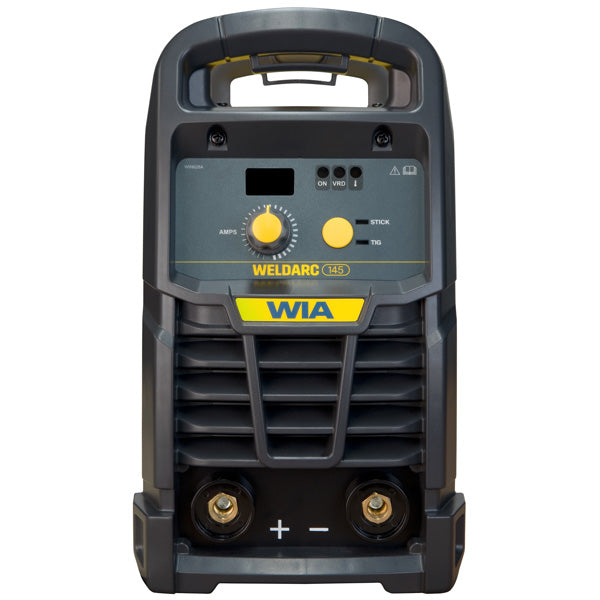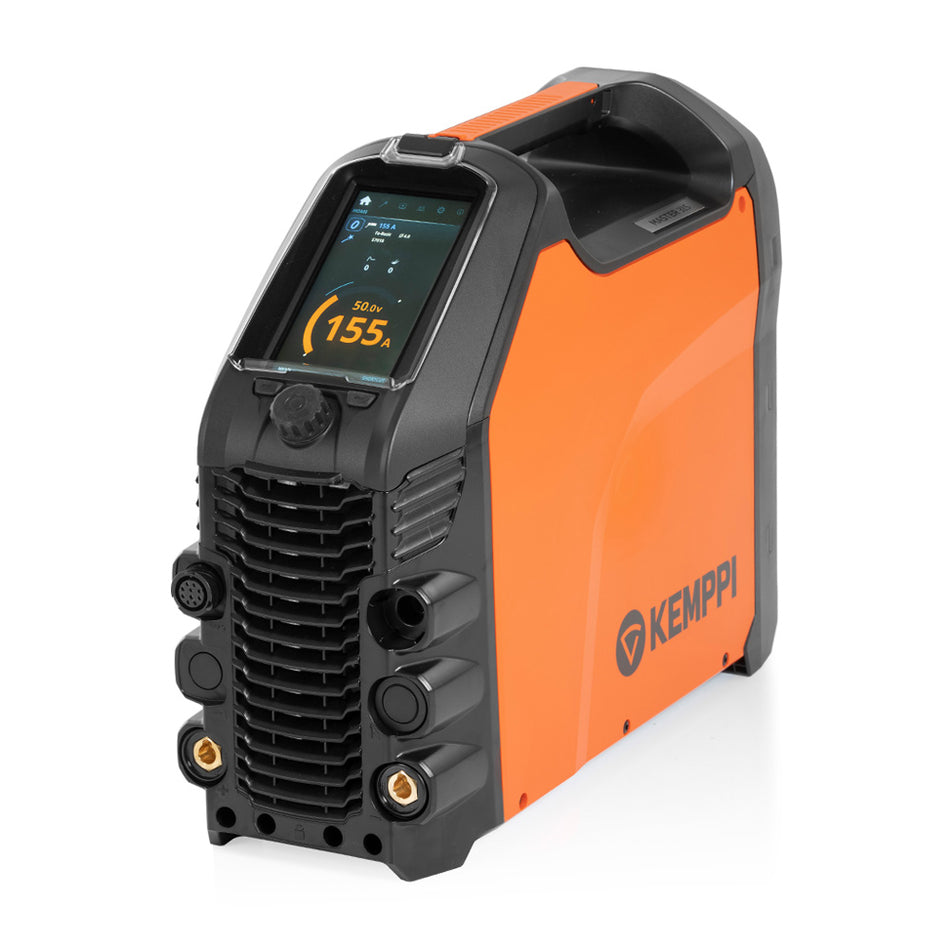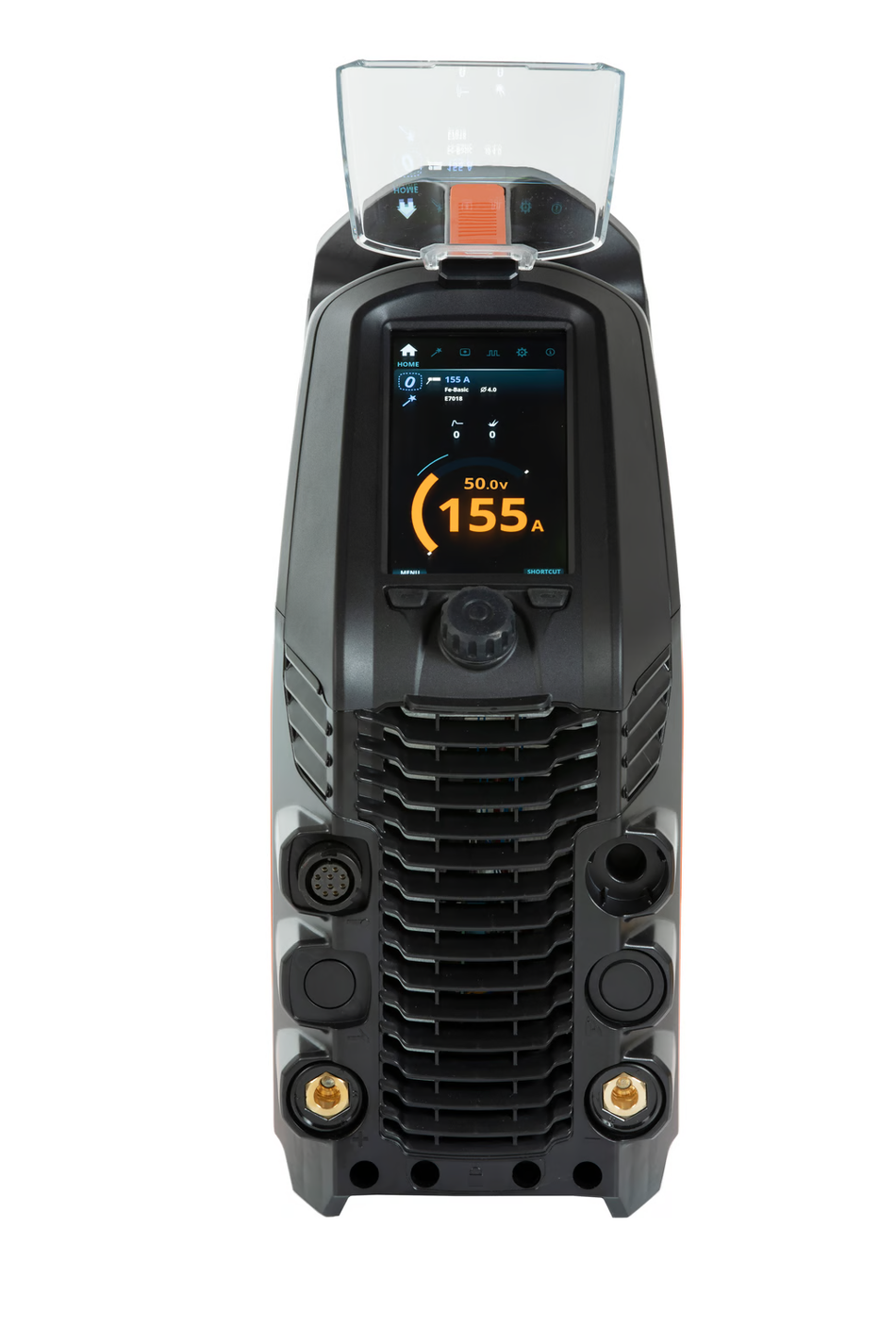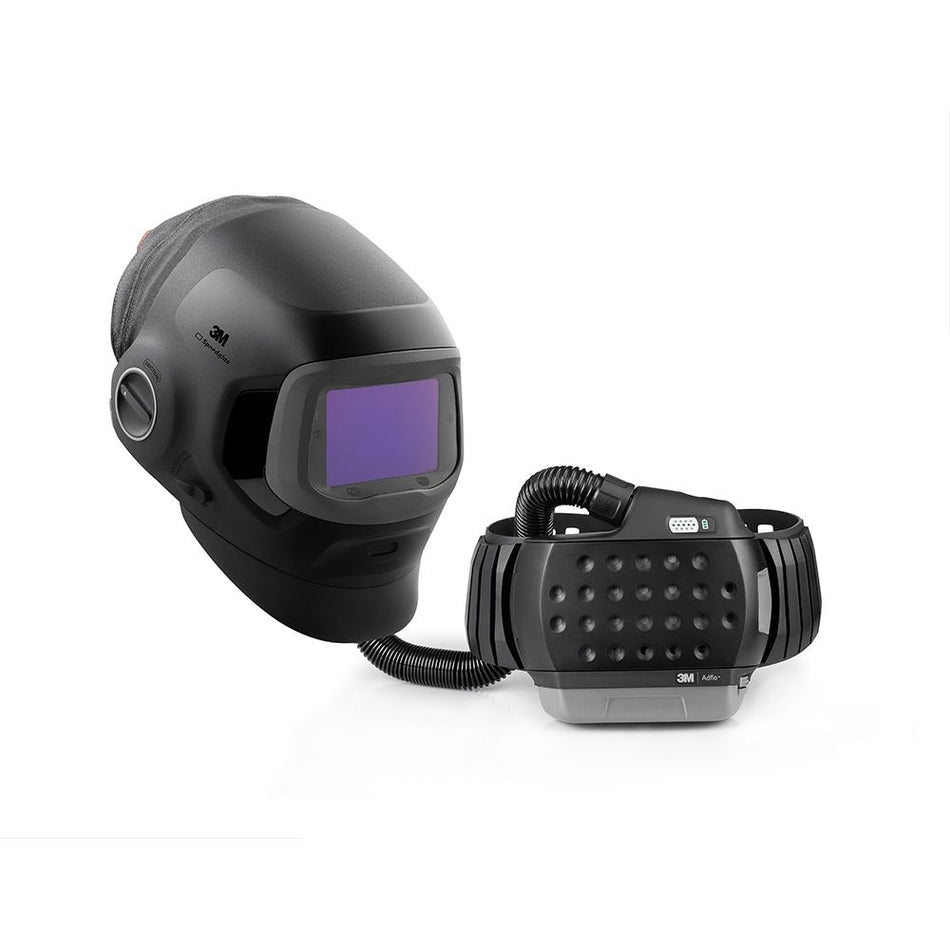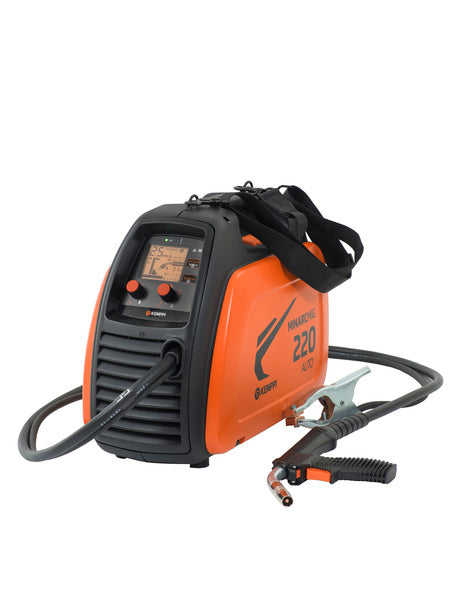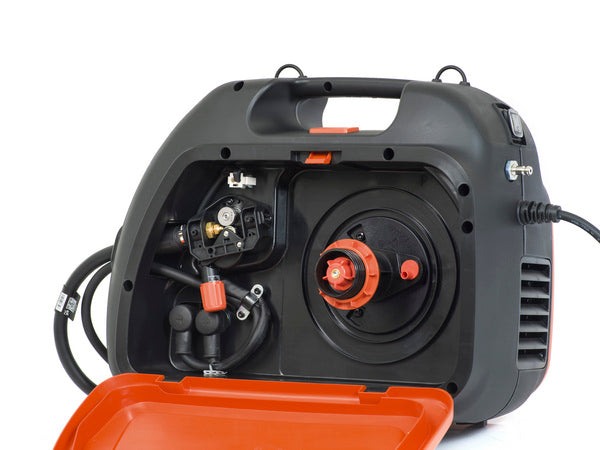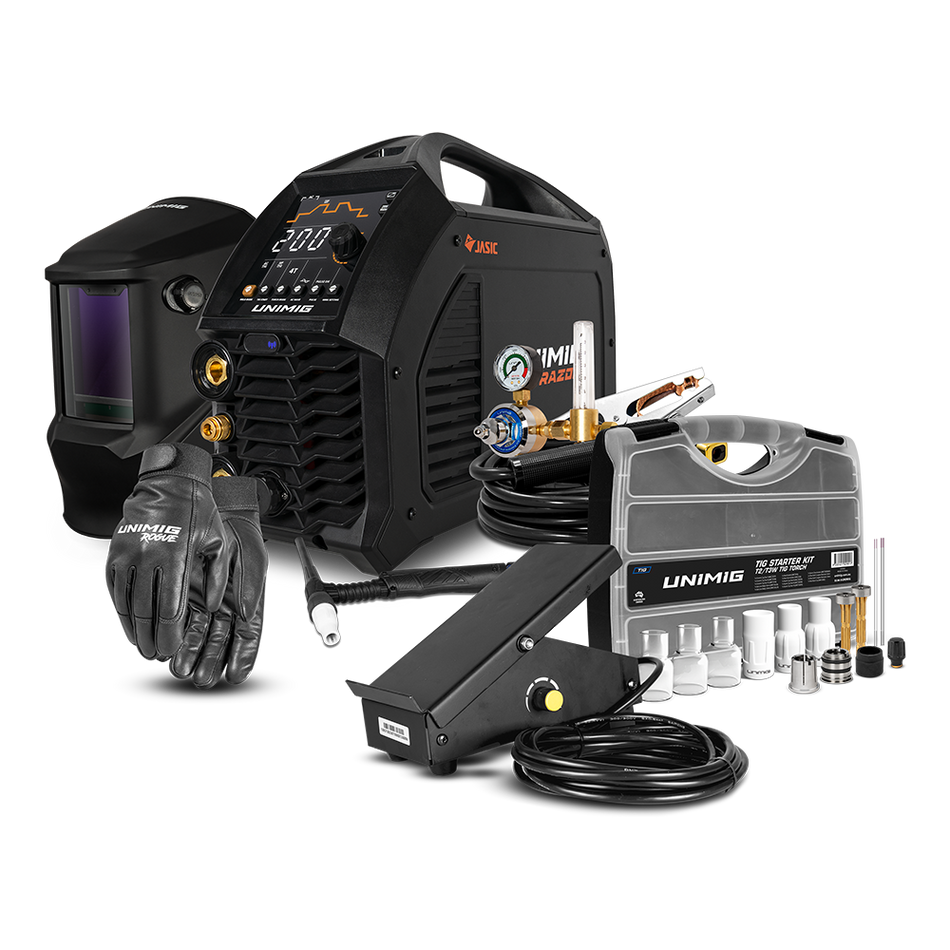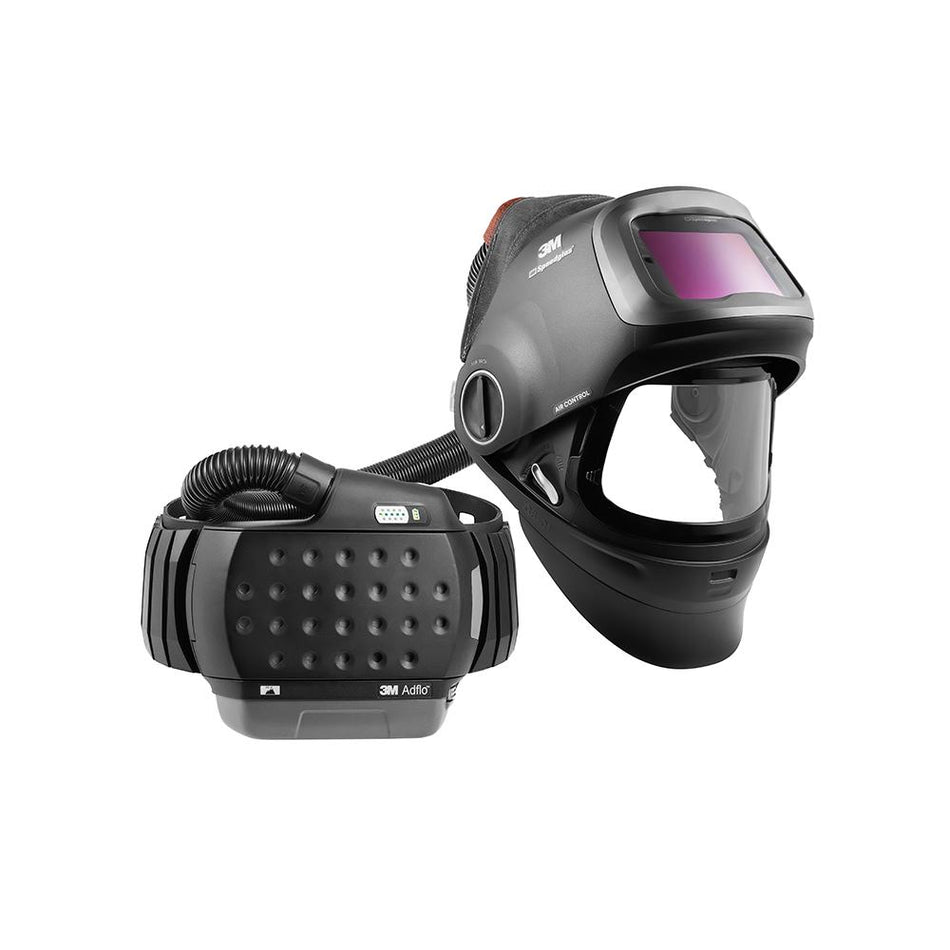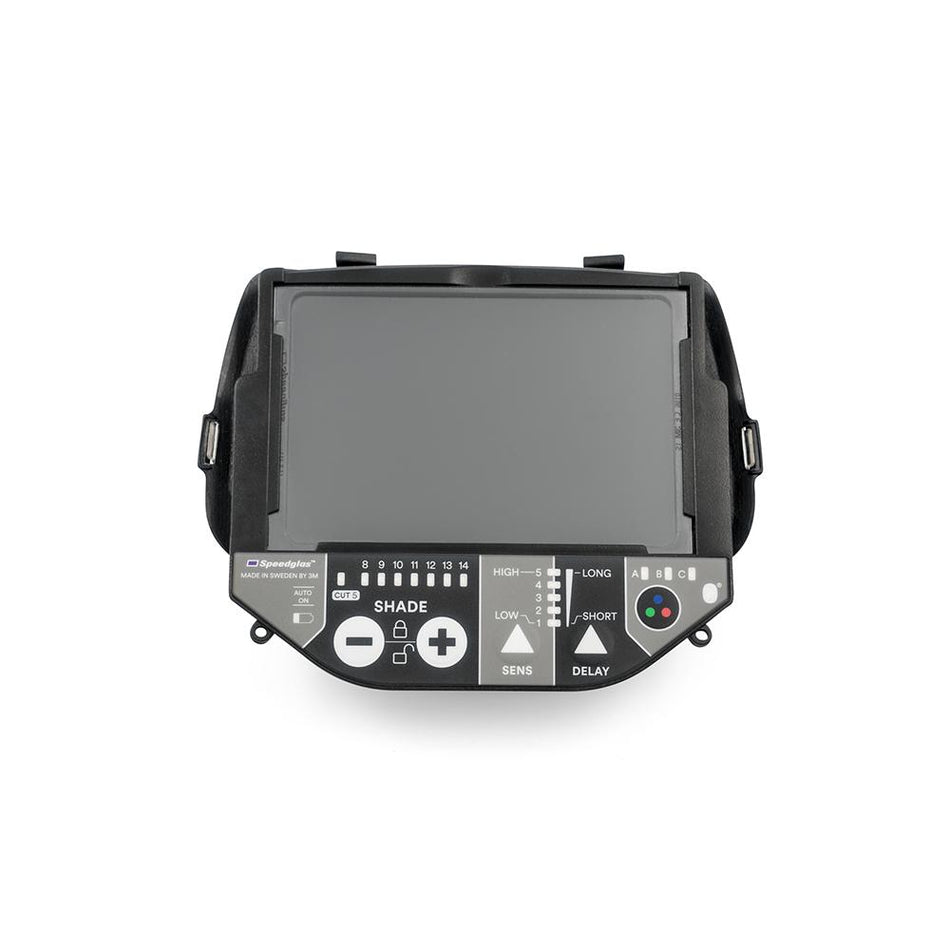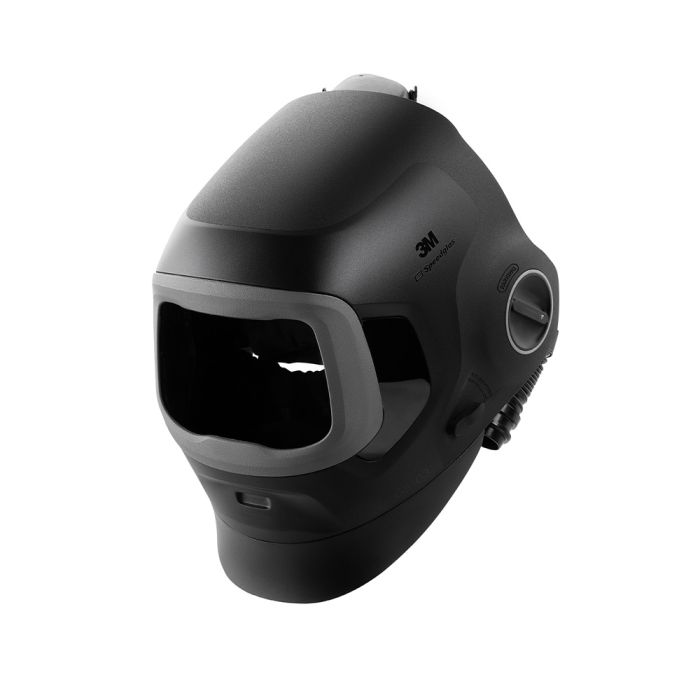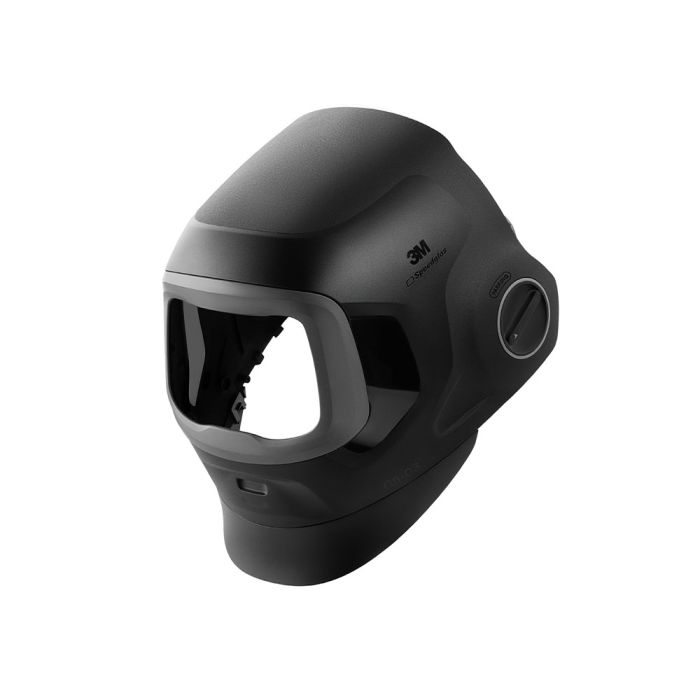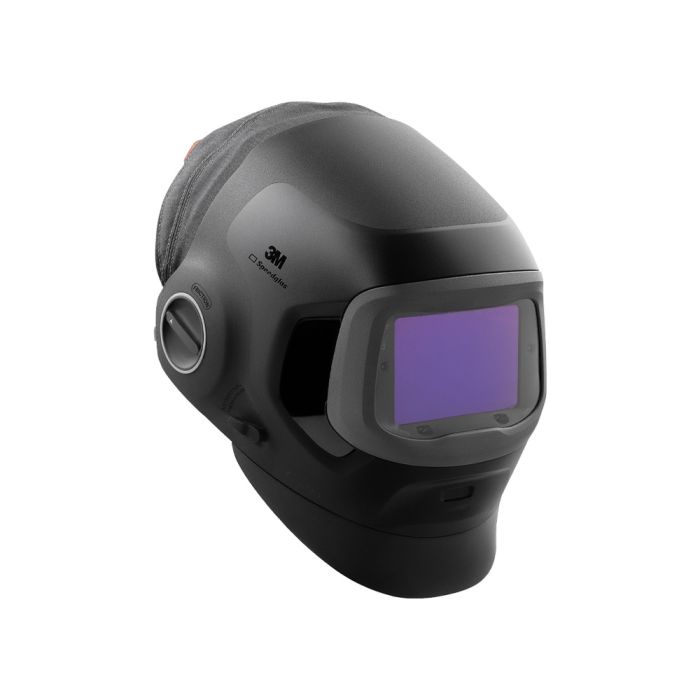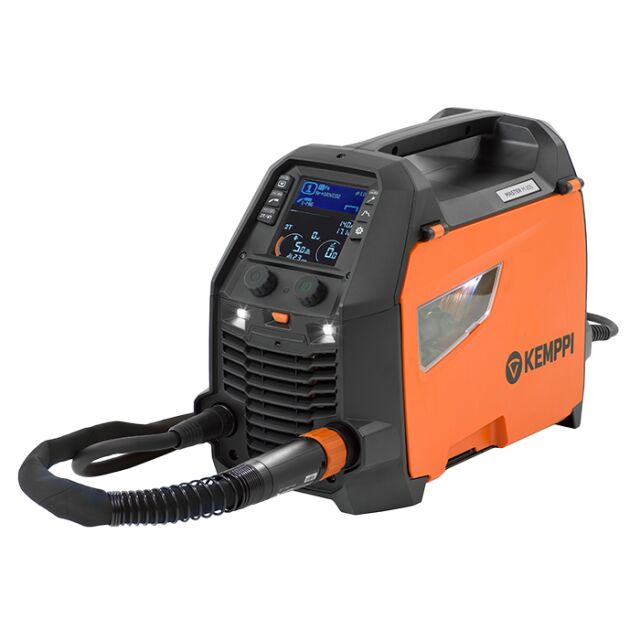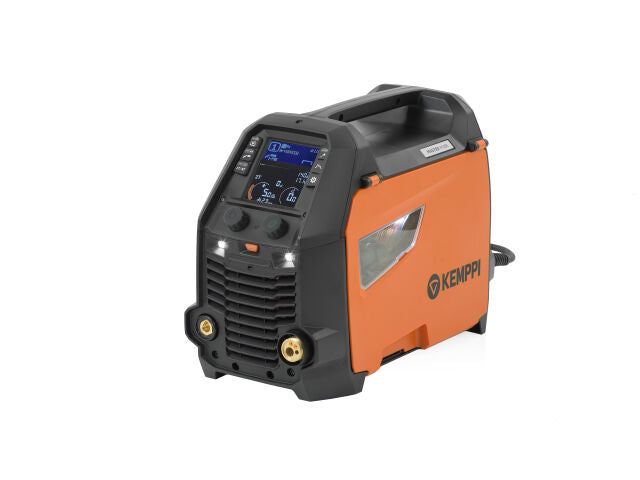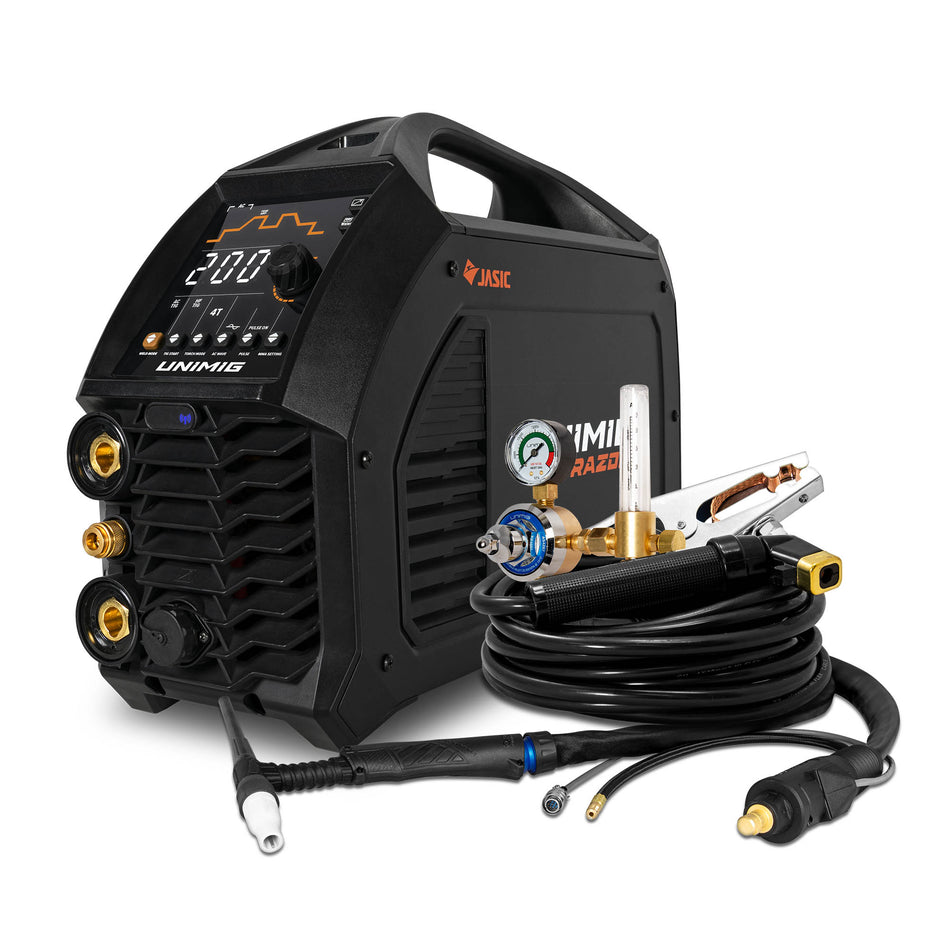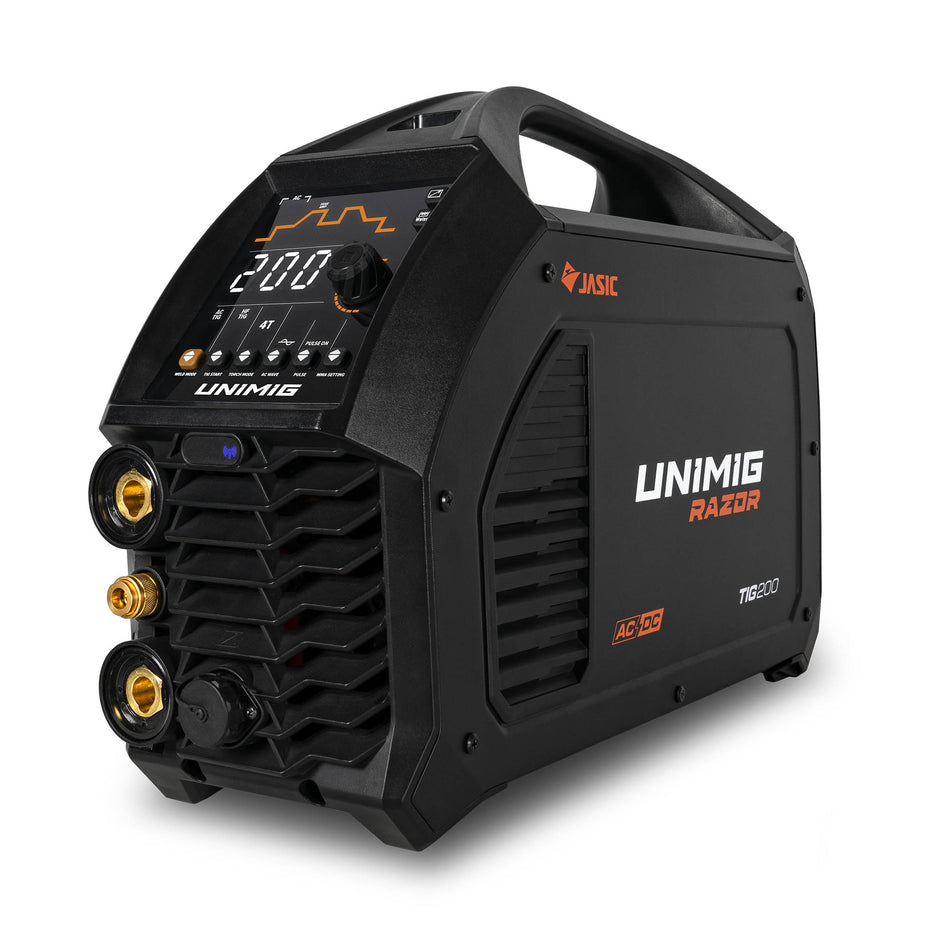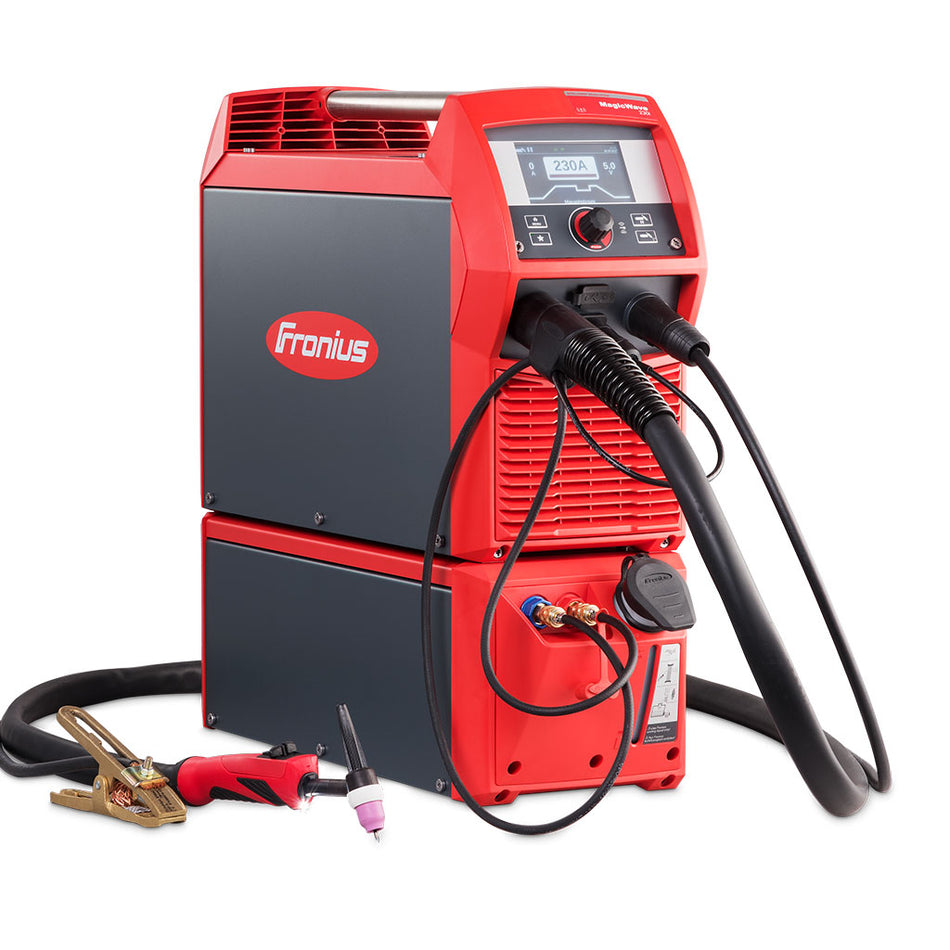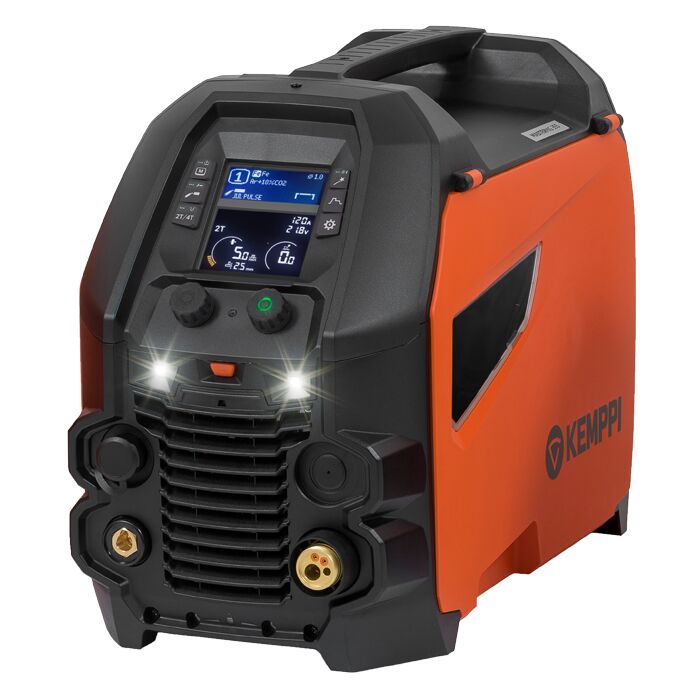4 Products
Welding Equipment
You can define welding equipment as all the machinery, tools, and consumables welders use when welding. These items include items such as welding machines, angle grinders, arc welding rods, cutting torches, welding wire, welding pliers and clamps.
Although these tools are important, safety equipment the welder has to use for safety and self-protection reasons is just as important. Safety equipment includes items such as welding helmets, steel-toe boots, welding jackets and gloves.
In this article, we’ll discuss welding safety equipment and also have a general look at the future of welding equipment.
Welding Safety Equipment
As we’ve mentioned above, welding safety equipment forms a very important part of a welder’s equipment. Let’s look at some of the safety equipment you can purchase at reliable welding suppliers such as “Bilba Industries” or any “Cigweld” welding equipment outlet near you.
1. Welding Helmets and Lenses
Welding helmets are helmets welders use to protect their eyes, face, and neck. Flash burns, sparks, and infrared and ultraviolet rays can harm the welder seriously. You can choose a helmet from a variety of available brands. Speedglas welding helmets with auto-darkening filters are good examples.
2. Gloves and Protective Clothing
Welding jackets are, just like welding helmets, a very important part of the safety equipment and protective clothing of a welder. Manufacturers make welding jackets from fire-resistant material. The jackets protect welders from high heat and metal splatter.
Welders use thick welding gloves with heat-resistant linings to protect their hands from extreme heat. For most welding jobs you use MIG and Stick Welding gloves, but for gas Tungsten Arc Welding (TIG) you need specialised TIG gloves.
Steel-toe boots protect the welder’s lower legs, feet and toes and form part of a welder’s protective clothing.
3. Respiratory Protection
Welders use respirator masks to increase comfort and safety. Some welding respirators filter the air for maximum comfort and safety for the welder, while others fit under the welding helmet or use the helmet’s respiratory system.
4. Ear Protection
Ear protection protects the ears from the loud, prolonged sounds of welding. You can wear fire-resistant foam or silicone custom-molded earplugs, or ear muffs to protect your ears from the sounds of welding.
Future of Welding Equipment
Advanced technologies often bring benefits such as lower costs, greater productivity, and improved quality. Welding technologists are also developing new and better welding procedures and we’ll have a look at some of the important trends that will also influence future welding equipment.
Many evolutions in welding technology are already in place. The level of precision today, for instance, was not possible only a decade or two ago. Welding equipment manufacturers believe that the welding industry will advance even faster in the next few years. This will have an enormous influence on the type of welding equipment that welders will need in future.
The Trends of Robotic and Laser Welding
Robotic welding is here to stay. Machine learning, computer vision, cloud computing, sensors, etc. have raised the bar regarding the capability of programmed welding. The new technologies mean for the welding industry flexible manufacturing, better data, near-perfect accuracy and quality. Welders are already using robotics for some time now.
Another trend which can totally change the welding industry and the equipment needed in the industry is Laser Beam welding (LBW). LBW is a welding method that eliminates the need for filler materials. It is also a non-contact process.
Conclusion
In conclusion, welders need to use the right equipment to successfully complete any welding job. Depending on the type of welding the welder must have at least
- a welding machine in good working condition,
- the welding rods or wire he will be using,
- welding pliers and
- clamps.
The welder should also have safety equipment such as
- a welding helmet,
- gloves and other protective clothing, and
- ear protectors.
FAQs
1. What are the types of Welding Equipment?
The machinery, tools, and consumables welders use when welding is one main type of welding equipment and the other type is the safety-related equipment such as helmets, welding gloves and jackets.
2. What safety equipment is needed for Welding?
Welders use at least welding helmets, gloves, boots, and jackets and also ear and respiratory protection.
3. What factors should be considered when selecting Welding Machines?
The welder has two basic factors to consider when selecting a welding machine. The welder has to know what method of welding he is planning to do, and what amount of amperes or gas he will need.



